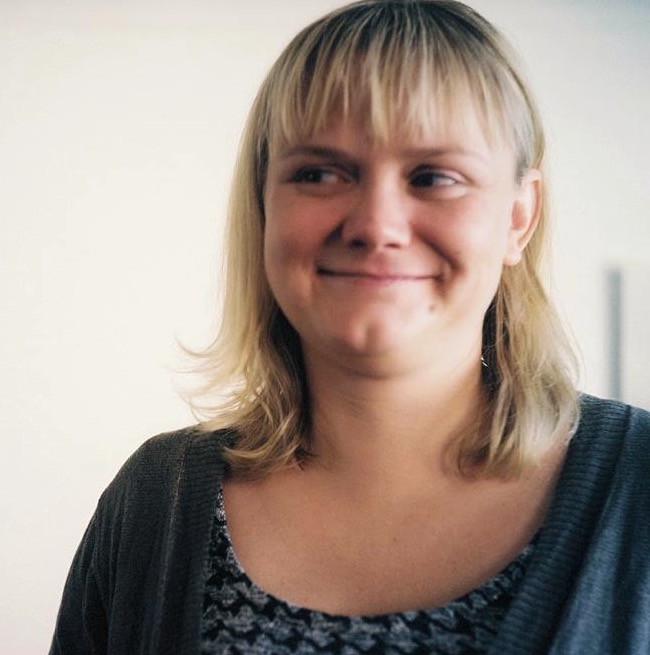A young Eindhoven-based designer, Aart van Asseldonk’s epic wood, metal, fur and flower installation in the celestial surrounds of St Augustine church evoked complete aesthetic awe in every visitor, both in execution and in the sheer scale of his vision. Pieces from his range launched at Plusdesign Gallery in Milan earlier this year showed how he is contemporising the Dutch Golden Age of the 17th century.

Aart van Asseldonk’s the Allegory of the South
Ten years after the original London Calling exhibition, Maarten Baas, Joost van Bleiswijk, Kiki van Eijk, Graham Hollick, Kranen/Gille, Tomáš Libertíny, Lucas & Lucas en Marc Mulders reprised their punk design philosophy to a present a new exhibition of design objects that engage with the changing times. Drawing on inspiration from The Clash and the Memphis design group, Van Ejik’s Conversation Piece demands that we just stop, think, talk and ask why again in design.

Conversation piece
The new book Big Chair Affair by Margriet Creens and Lucas Maassen was launched in conjunction with publisher and gallery Onamatopee’s new, more expansive space. Showing the suggestive coupling of furniture in a humorous way, the book talks to the intimate lives of our material possessions. It also represents the meeting point of art (Creens) and design (Maassen) methodologies.
https://vimeo.com/133703721

Days of Need and Greed
That the bacteria-powered light installation wonTheresa van Dongen the Young Designer title at the Dutch Design Awards points to the groundswell of biological design applications – in particular mycelium (mushrooms) and bacteria – at DDW. The installation uses her Ambio light that works by supplying the bioluminescent micro-organisms that make waves glow at night with oxygen.

Limbo embassy
How can we live better with less? This is the essence of post-recession design, the counterpoint to Van Asseldonk’s opulence. Kristina Schultz explored this by empty her Stockholm apartment of all possessions – including her partner and child’s – and starting again, making one essential new thing every day. Roughly hewn, with austere ingenuity and personal preciousness, the results are delightfully surprising. The theme was also pervasive in the Age of Wonderland food projects from around the world.
Also raising questions about value, substance and materiality was the group exhibition at the Van Abbe Museum, running until 15 November, curated by Thomas Widdershoven. Ordinary household objects lent to the museum by the general public were juxtaposed against design by the likes of Ai Weiwei, MVRDV, Dunne&Raby, Studio Drift and more. It is the final exhibition in a trilogy with Self Unself (2013) and Sense Nonsense (2014).
When design is no longer about fetishised things, its utility is increasingly interrogated. By Manon van Hoeckel, the Limbo Embassy is a mobile safe-space for refugees who seek asylum in the Netherlands. It as a finalist at the Dutch Design Awards and showed on the Design Academy Eindhoven graduation show, among other projects that engaged with issues such as dyslexia, khaki ethics, public space engagement and loneliness among pensioners.








 Thing Nothing
Thing Nothing

